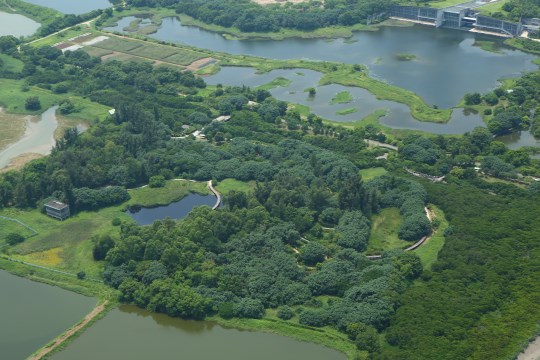 The freshwater marshes are located at the centre of the Park with some 10 hectares in size. The marshes consist of different habitats, including open water to attract ducks and ardeids; shallow water to encourage feeding by waders; marshes for shy waterbirds; and islands for roosting of ducks and rails. The abundant food supply makes the marshes an ideal place for a number of species including birds and fish to inhabit as well as nursery areas for aquatic invertebrates. It is one of the most important wetland habitats in the Park.
The freshwater marshes are located at the centre of the Park with some 10 hectares in size. The marshes consist of different habitats, including open water to attract ducks and ardeids; shallow water to encourage feeding by waders; marshes for shy waterbirds; and islands for roosting of ducks and rails. The abundant food supply makes the marshes an ideal place for a number of species including birds and fish to inhabit as well as nursery areas for aquatic invertebrates. It is one of the most important wetland habitats in the Park.
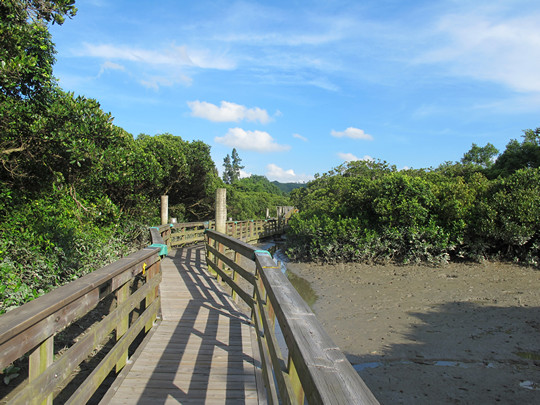
Mangroves are special plants inhabiting in sheltered shores in tropical and subtropical regions. Mangroves in the Park were established along the intertidal channels prior to the construction of the Park. Through the mangroves, a floating boardwalk was built to provide opportunity for visitors to observe mangroves and its associated wildlife from a short distance. Mangroves have specialised structures and mechanisms to adapt the harsh intertidal environment. They are primary producers providing food, shelter and nursery to a large number of animals including mudskippers and fiddler crabs.
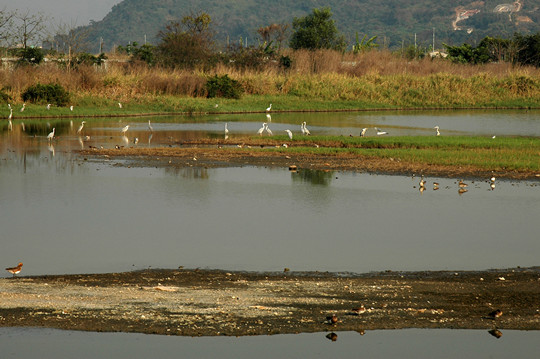
Intertidal mudflat is the transitional area between the marine and terrestrial environments with muddy substratum. The 5-hectare intertidal mudflat in the Park was built to replicate the tidally inundated mudflats in the Deep Bay area, and designed primarily to attract migratory birds, especially waders. The mudflat was equipped with sluice gates to control the tidal flow, hence to control the level of water in the mudflat. The water level can be kept low in the mudflat to provide feeding site for waterbirds during high tides at the Deep Bay.
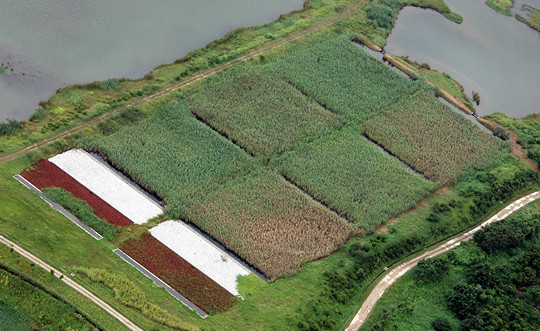
The Reed Marshes in the Park include the reedbed filter at the freshwater marshes and a dense stretch of reeds growing along the Wildside Walk. The reedbed filter, covering about 1 hectare of area, is built to treat the water taken from storm water runoff of Tin Shui Wai before it enters the freshwater wetland system of the Park. Reed marshes in the Park provide shelters and food for many kinds of organisms, including birds, amphibians, reptiles and insects.
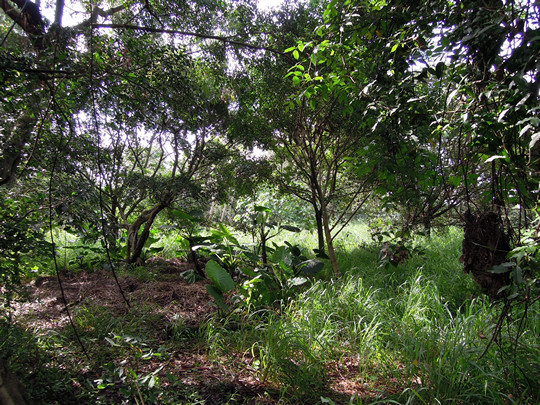
There are plantations of exotic trees existing on site prior to the development of the Park. In order to enrich the biodiversity, native trees and shrubs were selectively planted in the Park to form different types of woodland/shrub/grassland mosaic. Through careful planning and management, the woodlands are now shelters and home for many insects, birds and mammals.